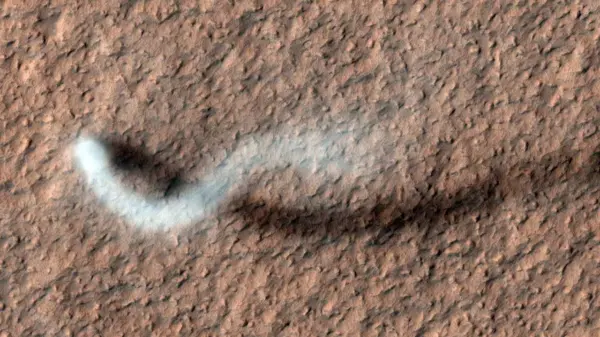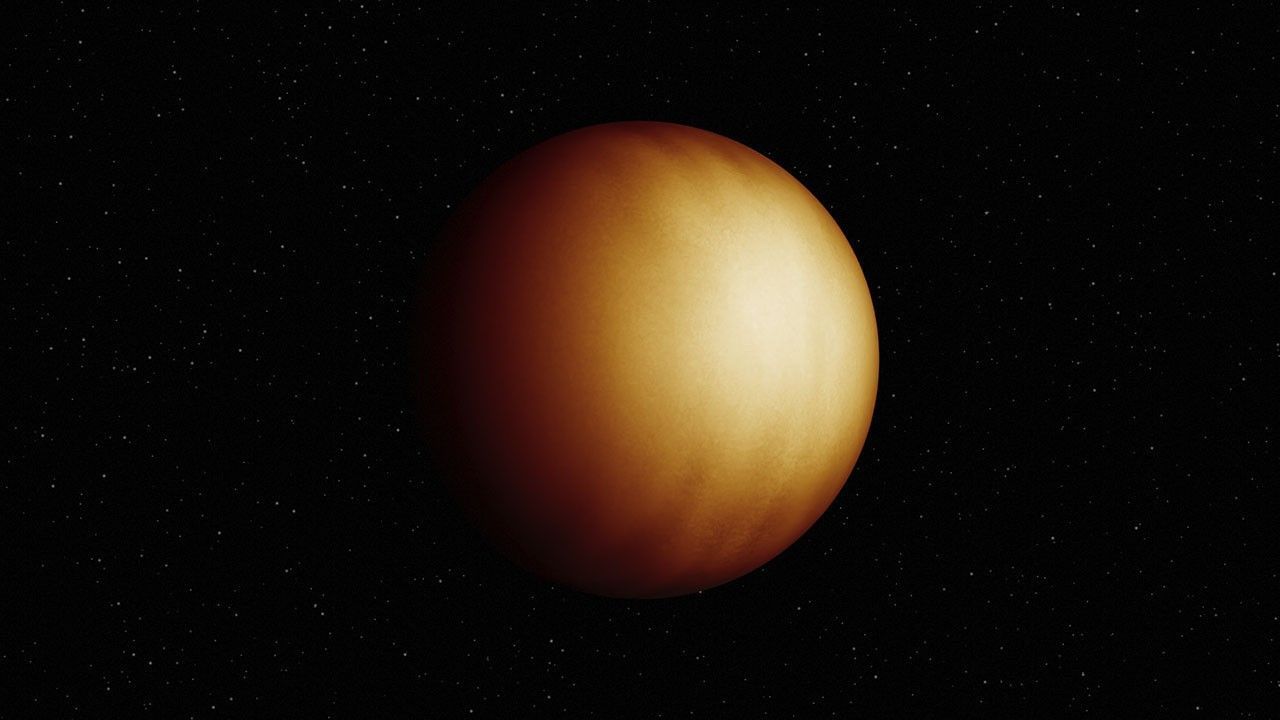Astronomers have successfully created the first three-dimensional map of an exoplanet, specifically WASP-18b, marking a significant advancement in the field of exoplanet research. Utilizing the James Webb Space Telescope, the team employed a novel technique known as 3D eclipse mapping to analyze subtle variations in light wavelengths as WASP-18b transited behind its host star.
This innovative method allowed researchers to track temperature fluctuations across different latitudes, longitudes, and altitudes within the planet’s atmosphere. According to Ryan Challener, a postdoctoral associate in Cornell University’s Department of Astronomy and the study’s lead author, the process involved mapping wavelengths that water absorbs to identify atmospheric water levels. He explained, “If you build a map at a wavelength that water absorbs, you’ll see the water deck in the atmosphere, whereas a wavelength that water does not absorb will probe deeper.”
WASP-18b, located approximately 400 light-years from Earth, boasts a mass about ten times that of Jupiter and completes its orbit around its star in just 23 hours. The planet’s proximity to its host star results in extreme temperatures that can reach nearly 5,000 degrees Fahrenheit (or 2,760 degrees Celsius). These intense conditions made WASP-18b an ideal candidate for the application of this new mapping technique.
Key Findings from the 3D Mapping
The resulting 3D map revealed a prominent central hotspot surrounded by a cooler ring on the dayside of the planet. This unique atmospheric structure is attributed to WASP-18b’s tidally locked orbit, meaning one side perpetually faces its star. Notably, the hotspot exhibited lower levels of water vapor than the planet’s overall atmospheric average. Challener remarked, “We think that’s evidence that the planet is so hot in this region that it’s starting to break down the water. That had been predicted by theory, but it’s really exciting to actually see this with real observations.”
The implications of this research extend beyond just WASP-18b. The application of 3D eclipse mapping opens new avenues for studying exoplanets that are otherwise obscured by the brightness of their host stars. Challener noted, “This allows us to image exoplanets that we can’t see directly.” As this technique is applied to other exoplanets observed by the James Webb Space Telescope, it is anticipated that scientists will gain a deeper understanding of these celestial bodies as a collective population.
The findings were published in the journal Nature Astronomy on October 28, 2025, highlighting the ongoing evolution of astronomical research and the capabilities of modern technology in unraveling the mysteries of distant worlds.



































































